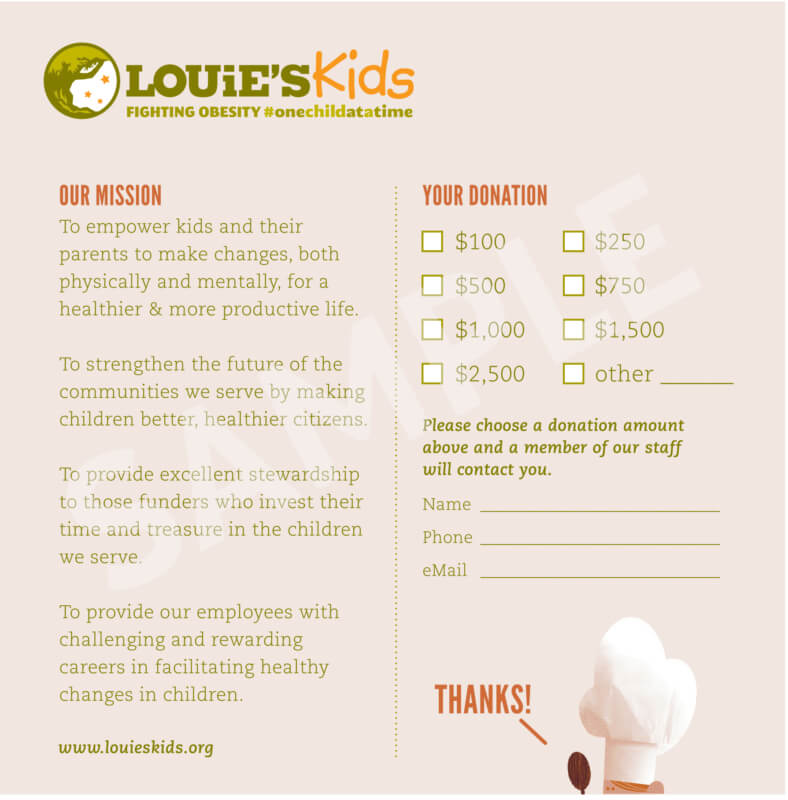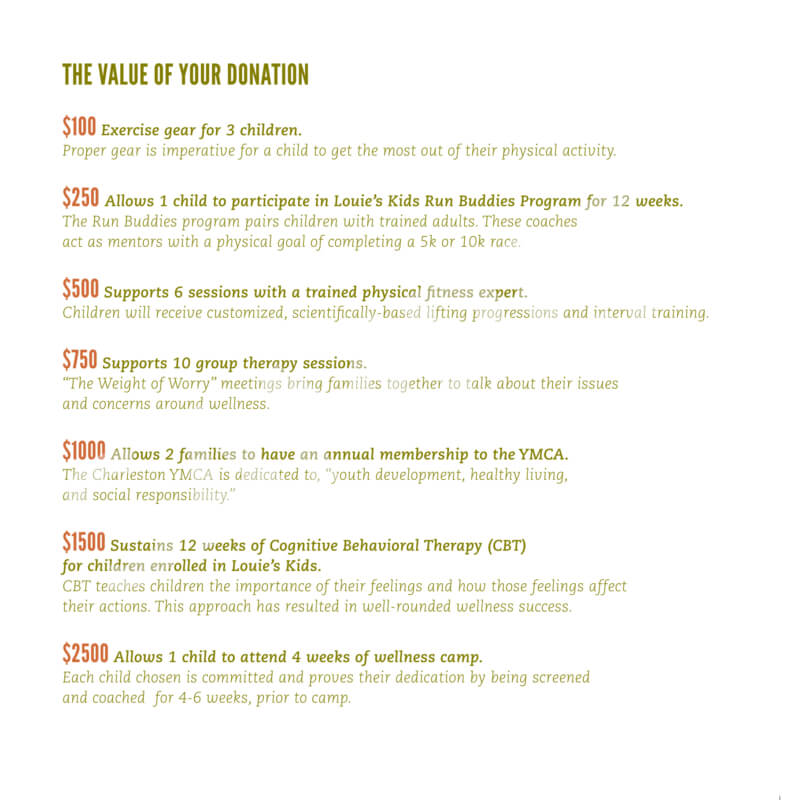
Fundraising for your cause is exciting, challenging and should be unique to your mission. Annual appeals, #GivingTuesday and end-of-year fundraising campaigns are imperative to sustaining your operating costs, however, stimulating a donor or member to give beyond those efforts can be challenging. By developing a creative giving platform, you can intensify donor momentum, increase funding and heighten awareness.

While setting your organization apart from others and generating familiarity can be challenging, creative interactions will help you cultivate new donors and engage existing ones. Here are eight strategies that can help you differentiate your organization and increase fundraising results:
- Creating giving societies can promote a sense of exclusivity to your donors. As your relationship with a donor matures, they should move up the giving society ladder through clearly defined giving levels. As their commitment increases, so should recognition, perks and communication from your organization.
- Donation cards can be a great way to receive extra funds and contact information, and also an opportunity to educate donors on their fund allocation. Whether you host a gala, informal dinner, drop-in, auction, golf tournament, race, etc. donation cards are an effective, easily distributed piece of collateral. Engage your donors through storytelling by sharing how you are utilizing their money. Be sure to add increments to each card because dollar amounts, connected to a tangible impact, guide the donors’ understanding of what they can influence. Keep amounts and explanations simple and use examples.
Below is an example of a two-sided donation card. Louie’s Kids is a nonprofit that fights childhood obesity and promotes family wellness.


- Challenge gifts can increase the number of gifts received. Securing a 2:1 match reassures donors how their gift will make twice the impact. Below are two examples of successful matching gift challenges:
- Live auctions are a great platform to showcase a matching gift. The auctioneer will announce to guests that a donor (anonymous or named) will generously match donations up to $10,000. He/she will start by asking for a $2,500 donation, going down in increments, until he hits $100. By the time your auctioneer reaches the $100 donation, everyone in the room should be able to give.
- A social media campaign can be designed specifically for any challenge gift. Developing a few communicative posts, informing your supporters how their $25 donation will be amplified into a $50, is impactful.
- Tell a story in your appeals. Donors like to feel connected to causes they believe in. Focusing on donor impact creates a sense of ownership and value, ultimately increasing giving. Include imagery to enhance the connection. People naturally look at pictures before reading text. Capitalize on this by using images to tell your story and evoke the donors’ emotions. Utilize photos that invoke feelings of empathy and joy to help your donors develop drive and energy to support your cause. Comparative pictures (before and after) work well to achieve this.
- Host a neighborly function: Peer-to-peer interaction is very effective and a great way to cultivate new donors. Identify a current supporter who is a strong advocate and ask them to host an intimate, invite-only gathering in their home. Assure them that your staff will handle all the logistics and that their efforts will be spent on creating the invite list and networking. An exclusive cultivation event will allow one-on-one interactions, encourage personal/specific opportunities and appeal to a higher-level donor.
Below is an example of an invite to a peer-to-peer event. The host invited friends and neighbors.

- Peer-to-peer challenges are a great way to increase awareness and revenue. The most successful, by far, was the ALS Association’s Ice Bucket Challenge. Over the course of a few months, the Ice Bucket Challenge raised over $115 million dollars, increasing their research budget, bringing awareness to their cause, and moving them closer to developing a cure. The challenge went viral and took fundraising challenges to an unpreceded, exciting level.
To learn more about the fundamentals of this challenge, click here.
- Raffles are great for lower monetary commitments while generating revenue. Showcasing large value items and selling tickets for a low dollar amount promotes ticket sales. Alternatively, allowing a smaller number of raffle tickets with a higher price will increase the donor’s odds. Both ways can be effective, however, should be customized to the raffled item’s value.
Example: Chance to win a Scout 195 Sportfish Boat
Tickets-$50 each
1000 tickets sold
You can sell these raffle tickets online, at events and at your establishment over a specific time period. If you are not able to get the boat donated, getting it at a discounted rate could potentially still generate $25,000 if you received the boat at 25% off.
Note: there are rules and regulations associated with raffles custom to each state; make sure to check your state’s laws.
- Create an awareness challenge that showcases your organization without a monetary commitment. Part of your success relies on brand exposure and communicating your mission. Your organization will need to develop a creative way to gain publicity. A great example is the police officer lip sync challenge. They generated awareness, strengthened their brand and are having fun! This environment can increase visibility and lead to new possibilities.
Personally, I believe the best lip sync video to-date was created by the Seattle Police Department. Take a look by clicking here.
Innovation is the basis of a successful fundraising plan. As your plan develops, reflect on your donors’ likes and dislikes, utilize feedback from your members and asses your presence in the community. Your possibilities are limitless but make sure to customize your plan to your organization and mission. Good luck on your fundraising efforts and don’t forget to have fun.
This is an article by Tanya Fitzgerald published on npEngage. Read the original article here.

